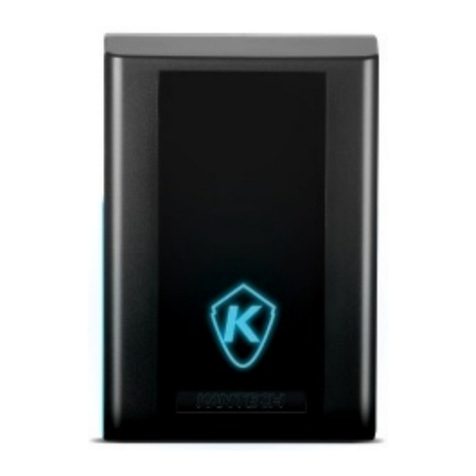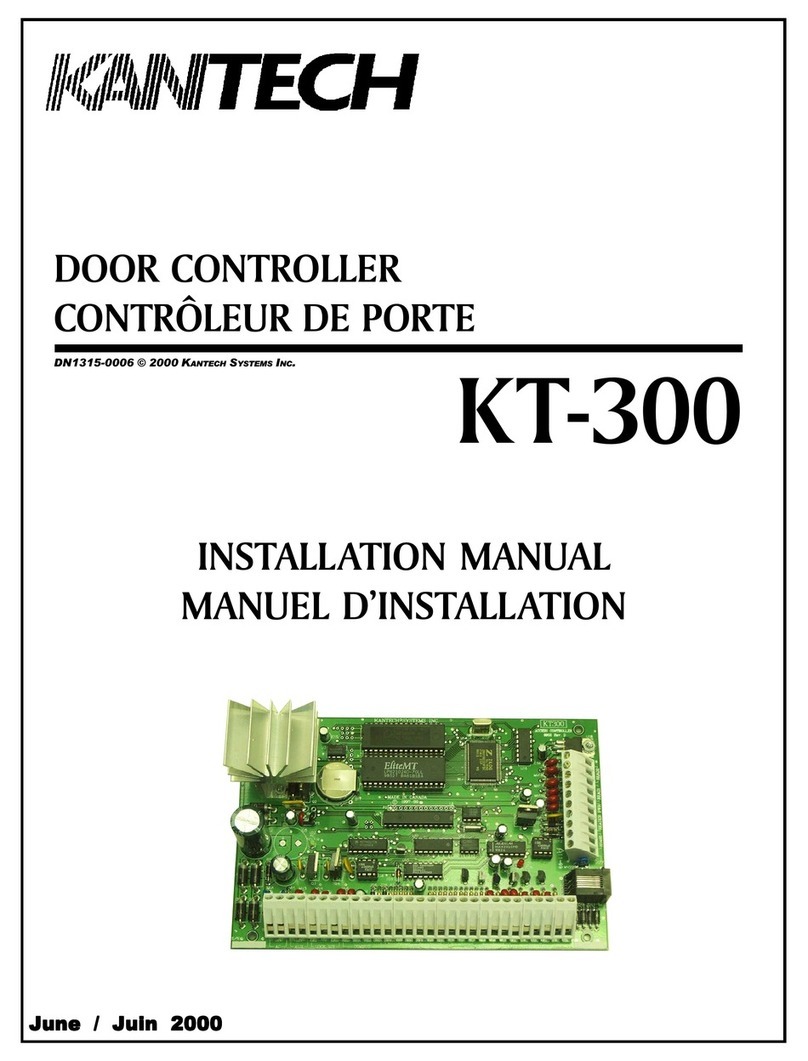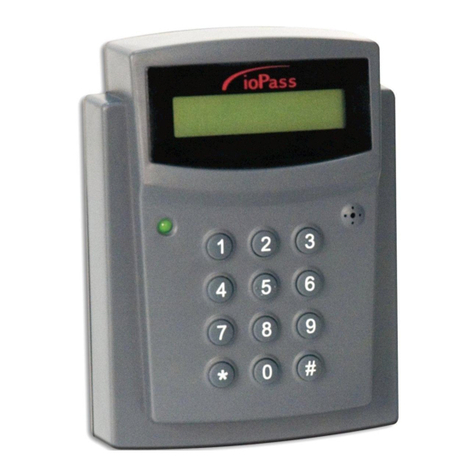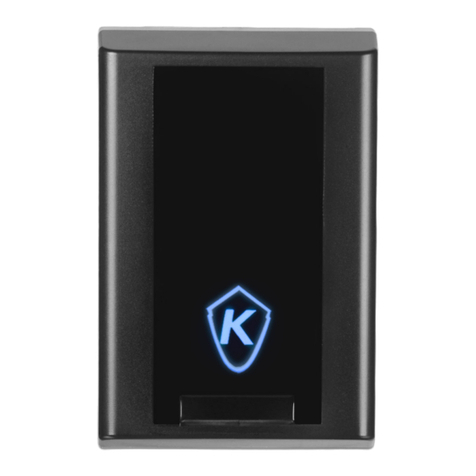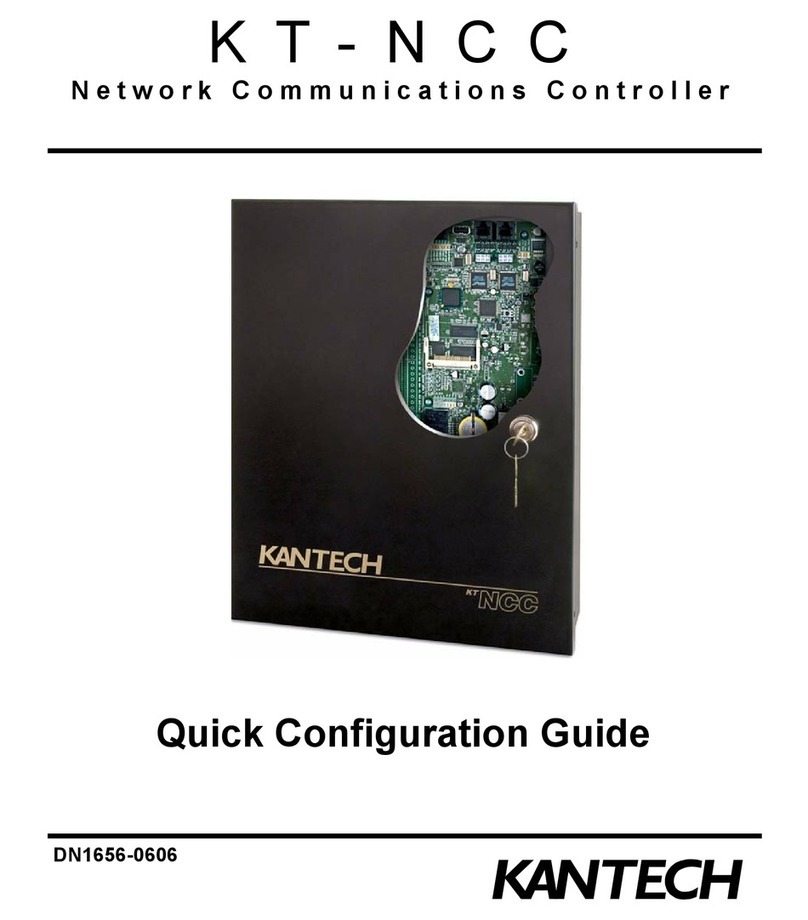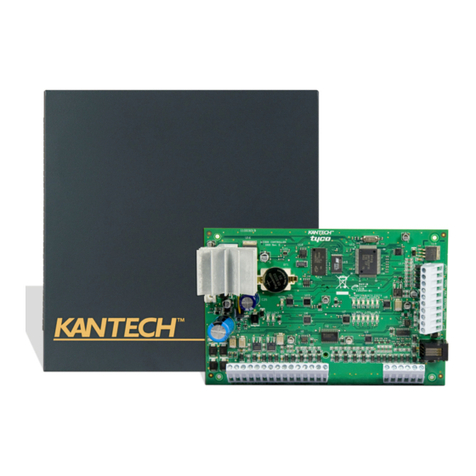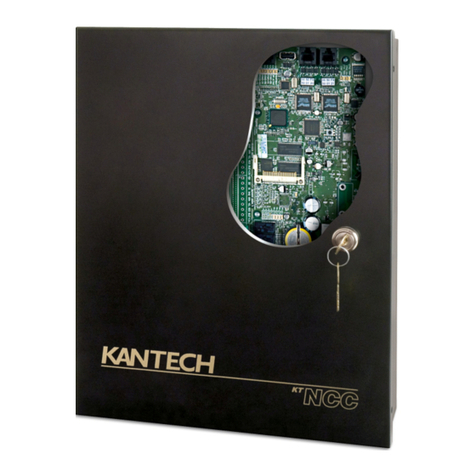
KT-300 Door Controller Installation Manual
DN1315-1006 v01.02 I
Table of Contents
Pre-Installation Information ....................................................................................................................... 1
Copyright Information .................................................................................................................. 1
Safety Instructions ....................................................................................................................... 1
Components Required to Install KT-300 .................................................................................... 1
Technical Support ........................................................................................................................ 1
KT-300 Compliance Specifications ........................................................................................................... 2
FCC & IC Compliance ................................................................................................................. 2
CE Compliance Notice ................................................................................................................ 2
CE & C-Tick Compliance ............................................................................................................. 2
UL Compliance Notice ................................................................................................................. 2
UL 1076 Standard ....................................................................................................................... 2
Overview ................................................................................................................................................... 3
Technical Specifications ........................................................................................................................... 4
Electrical Specifications ............................................................................................................................ 5
KT-300 Controller and Accessories .......................................................................................................... 5
Installing the KT-300 ................................................................................................................................. 6
Physical Installation ..................................................................................................................... 6
Earth Grounding .......................................................................................................................... 6
Door Locking Devices .................................................................................................................. 6
Hooking Up Inputs ....................................................................................................................... 7
Readers and Keypads ................................................................................................................. 7
Relay Controlled Outputs ............................................................................................................ 7
Auxiliary Outputs ......................................................................................................................... 8
Tamper Protection ....................................................................................................................... 8
Connecting the KT-300 ............................................................................................................................. 8
Connecting to the RS-485 Bus .................................................................................................... 8
Connecting the Master Controller to the Host PC ....................................................................... 9
Powering the KT-300 .............................................................................................................................. 10
Installing Combus Modules .................................................................................................................... 10
Introduction to Combus Modules ............................................................................................... 10
Combus Specifications .............................................................................................................. 10
Combus Repower (If Required) ................................................................................................. 11
Module Housing Cabinet ........................................................................................................... 11
KT-PC4108 - 8-Zone Input Expansion Module ....................................................................................... 12
KT-PC4108 Introduction ............................................................................................................ 12
KT-PC4108 Specifications ......................................................................................................... 12
Unpacking the KT-PC4108 Module ........................................................................................... 12
Mounting the KT-PC4108 Module ............................................................................................. 12
Installation and Wiring ............................................................................................................... 12
Applying Power .................................................................................................................12
Assigning the Module ................................................................................................................ 12
KT-PC4204 - 4-Relay and Additional Power Supply Module ................................................................. 13
KT-PC4204 Introduction ............................................................................................................ 13
KT-PC4204 Specifications ......................................................................................................... 13
Unpacking the KT-PC4204 ........................................................................................................13
Mounting the KT-PC4204 .......................................................................................................... 13
Installation and Wiring ............................................................................................................... 13
Applying Power .......................................................................................................................... 13
Assigning the KT-PC4204 Module ............................................................................................ 13
KT-PC4216 - 16-Zone Output Expansion Module .................................................................................. 14
KT-PC4216 Introduction ............................................................................................................ 14
KT-PC4216 Specifications ......................................................................................................... 14
Unpacking the KT-PC4216 ........................................................................................................14
Mounting the KT-PC4216 .......................................................................................................... 14
